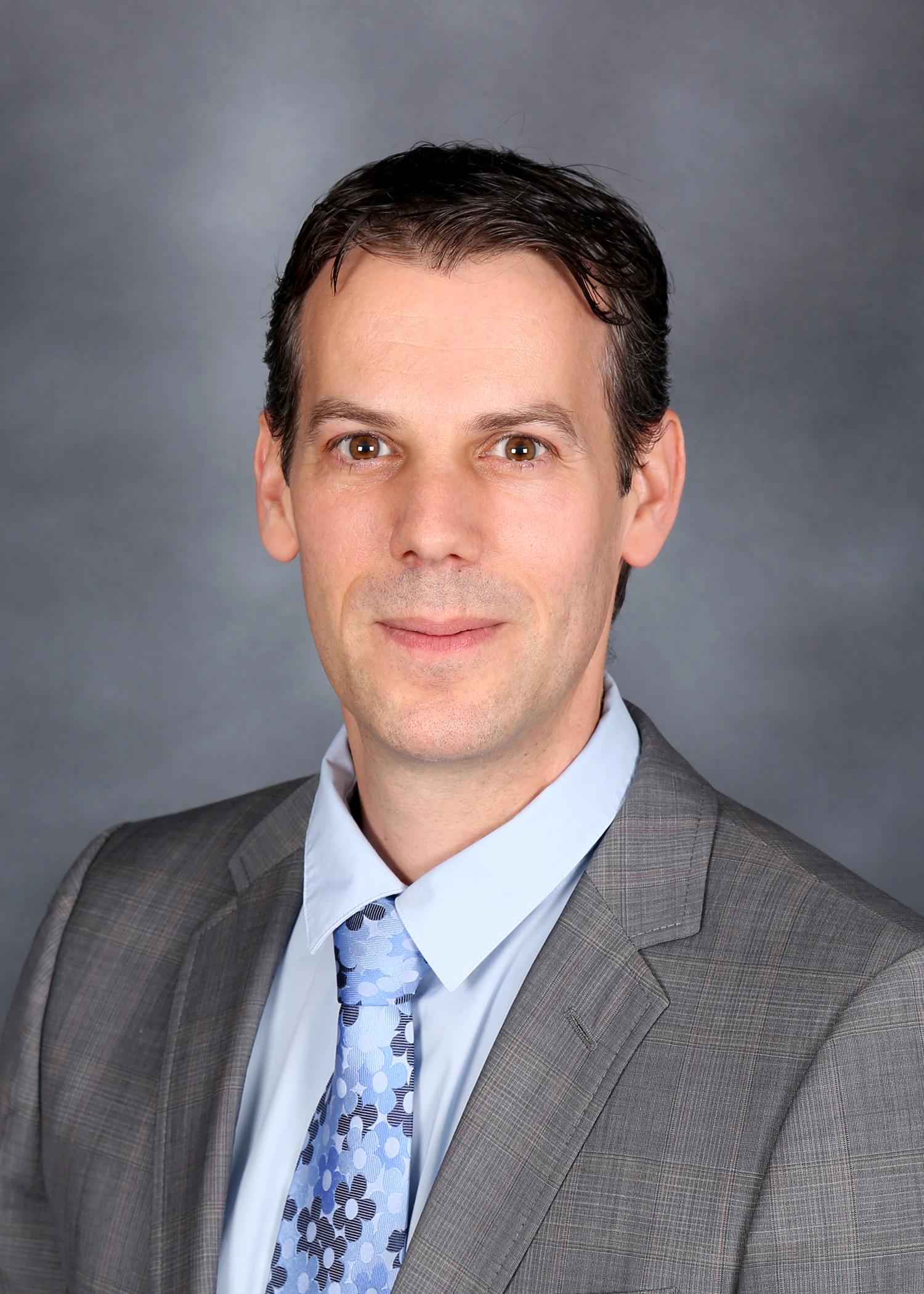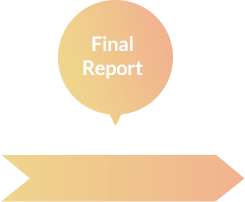Identification of novel regulators of heart regeneration
Grant Project Details:
Grant Location
Grant Description
Dr. van Berlo’s research aims to help children born with heart disease. He is researching the triggers that can increase cardiac muscle after birth, giving children a better chance for a healthy life.
Identification of Novel Regulators of Heart RegenerationThe heart has a limited ability to repair itself, which is in part due to its inability to increase the number of contractile muscle cells. Based on studies in animals, we believe that if we could stimulate the contractile muscle cells of the heart to increase in number, this might lead to better repair of heart injury. One example of a disease that is in part caused by a lack of contractile heart muscle cells is a conditioncalled hypoplastic left heart syndrome. Patients that are born with this congenital heart defect have, among other problems, an underdeveloped left chamber of the heart. This requires multiple surgeries in the first couple of years of life to allow these children to survive. We believe that if we could stimulate the contractile muscle cells of the heart to divide and increase in number, we could develop a therapy that would improve the outlook for these patients. Unfortunately, we don’t know why contractile muscle cells stop dividing soon after birth. Therefore, the goal of this grant was to test almost every gene for a stimulatory effect on division of these contractile muscle cells. Based on this large-scale experiment, we originally identified 250 genes that could stimulate contractile muscle cells to divide. With the use of this grant we narrowed down this list to the most promising genes that are currently further studied to verify their effect. The ultimate goal is for 1 or more of these genes to give rise to a therapeutic strategy, first in research animals, and then for patients with hypoplastic left heart syndrome.
Grant Awardee Biography

Jop H. van Berlo, MD, PhD, holds the Lois & Richard King Assistant Professorship in the Department of Medicine at the University of Minnesota. He is a member of the Cardiovascular Division, Lillehei Heart Institute, and the Stem Cell Institute.



